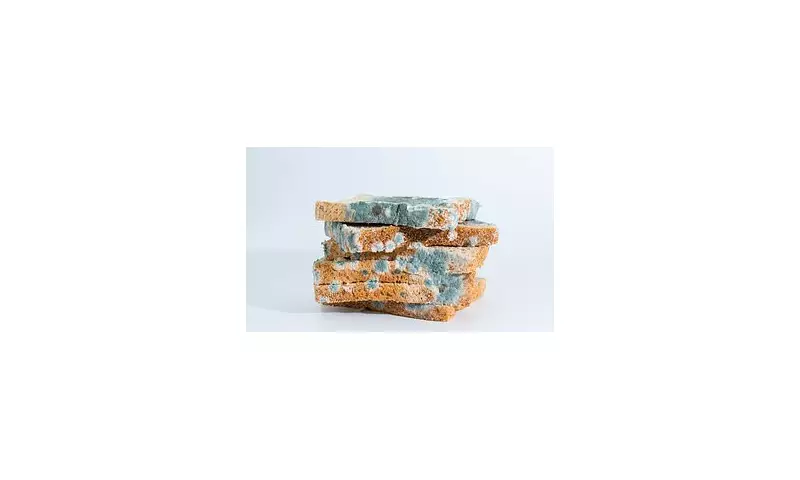
When you spot mould creeping across your food, is it safe to simply cut away the affected area? According to a prominent toxicologist, this common kitchen practice could be putting your health in serious danger.
The Hidden Dangers in Your Kitchen
Dr Garrett McCord, a respected food safety expert and toxicologist, has identified several everyday foods where mould poses significant health threats that many consumers underestimate. "People often think they can just scrape mould off and carry on eating," Dr McCord explains. "But with certain foods, this approach could lead to long-term organ damage or even cancer."
7 Mouldy Foods You Should Never Eat
1. Soft Fruits and Vegetables
Foods like peaches, tomatoes, and cucumbers with high moisture content allow mould to penetrate deep below the surface. The invisible threads of mould can spread throughout the flesh, carrying potentially harmful mycotoxins.
2. Soft Cheeses
Brie, camembert, and cream cheeses provide the perfect environment for dangerous moulds to thrive. Unlike hard cheeses, their soft texture means contaminants spread easily throughout the product.
3. Bread and Bakery Items
The porous nature of bread means mould roots can spread invisibly through the entire loaf. Even apparently clean slices may contain harmful spores.
4. Nuts and Legumes
These are particularly concerning because they can harbour aflatoxins - potent carcinogens linked to liver cancer. The mould that produces these toxins isn't always visible to the naked eye.
5. Juices and Soft Drinks
The high sugar content and liquid state allow mould to disperse throughout the entire container, making it impossible to avoid contamination.
6. Leftover Cooked Foods
From pasta dishes to casseroles, cooked foods develop mould quickly and the spores can spread throughout the mixture.
7. Jams and Jellies
Despite their high sugar content, these can develop mould that produces mycotoxins. The common practice of scooping out visible mould leaves dangerous contaminants behind.
Why These Moulds Are So Dangerous
Dr McCord emphasises that the real threat comes from mycotoxins - toxic compounds produced by certain moulds. "These substances can survive cooking and processing," he warns. "Regular exposure to even small amounts can accumulate in your body over time, potentially leading to organ damage, neurological issues, or increased cancer risk."
The Safe Exceptions
Not all mouldy foods need to be discarded. Hard cheeses and firm vegetables like carrots and cabbages are generally safe if you cut at least one inch around and below the mould spot. The dense structure of these foods prevents the mould from spreading deeply.
Protecting Your Health
Dr McCord's advice is clear: "When in doubt, throw it out. The small cost of replacing questionable food is nothing compared to the potential health consequences." He also recommends regularly cleaning refrigerators and food storage areas to prevent mould spores from taking hold.
Proper food storage - keeping items dry, cool, and in airtight containers - can significantly reduce mould growth. Most importantly, trust your senses: if something looks or smells unusual, err on the side of caution.
By understanding which mouldy foods pose genuine health threats, consumers can make informed decisions that protect their long-term wellbeing.





